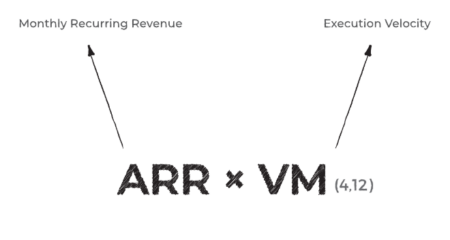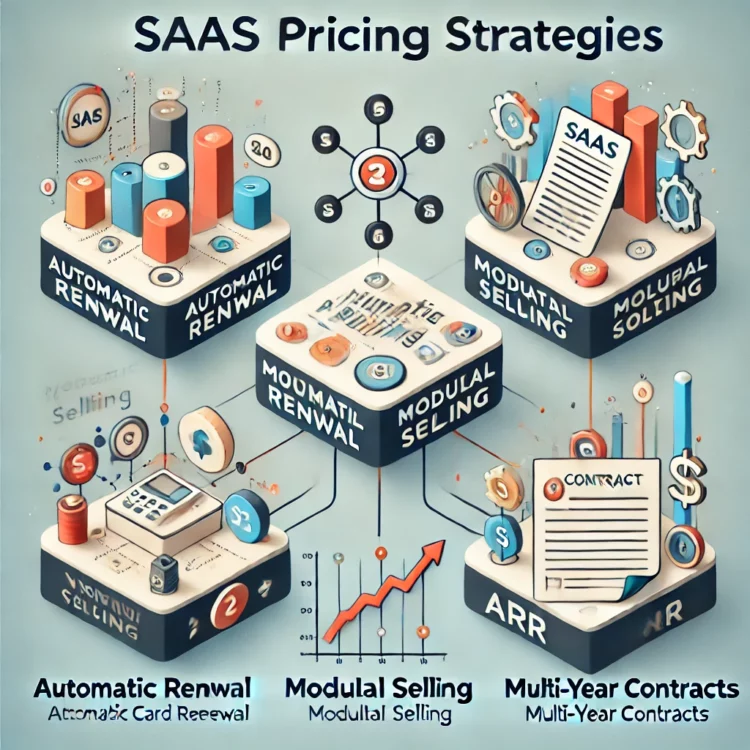Two Axes for a Successful Scale Up: A Blueprint for Business Valuation
In this chapter of « 100 Weeks to Scale, » Lionel unveils a simple yet powerful formula for measuring the valuation of a business, narrated through a captivating encounter with Paul, a seasoned entrepreneur contemplating his business’s future.
Set in Tel Aviv, the narrative begins with Paul’s revelation of his intention to retire and sell his thriving family business within a few years. Despite the company’s stability and success, Paul seeks to capitalize on its potential and secure a substantial exit. Thus, the stage is set for a strategic discussion on valuation and growth.
Paul’s ambitious goal of doubling his company’s valuation within five years ignites a conversation around valuation techniques, highlighting the relevance of recurring revenue (ARR) and speed of execution (VM). Through Paul’s journey, Lionel navigates the complexities of business valuation, shedding light on practical strategies to achieve exponential growth.

- The Significance of Recurring Revenue (ARR)
Central to Paul’s valuation strategy is the focus on recurring revenue, a metric synonymous with stability and long-term growth. The narrative delves into the concept of ARR, emphasizing its importance in building a resilient revenue base. Through Paul’s story, readers are encouraged to assess their business models and prioritize revenue streams with recurring characteristics.
The narrative introduces the « Razor-Blade » strategy, exemplified by pioneers like King Camp Gillette and modern-day giants such as Sony, Nespresso, and HP. This strategy underscores the value of offering complementary products or services that foster recurring revenue, thereby enhancing customer loyalty and profitability.
- Strategies for Scaling Through Speed of Execution (VM)
Complementing the focus on recurring revenue is the concept of speed of execution, a key determinant of a company’s growth trajectory. Drawing from real-world examples and industry insights, the narrative explores strategies to optimize operational efficiency and accelerate growth.
From streamlining sales cycles to reducing customer delivery times, the narrative offers practical guidance on enhancing productivity across various business functions. Through anecdotes featuring companies like Renault and Deloitte, readers gain valuable insights into the transformative power of speed of execution in scaling businesses.
- Edifying Results and Future Outlook
As the narrative unfolds, readers witness the transformative impact of prioritizing recurring revenue and speed of execution. Through meticulous planning and execution, Paul’s company experiences exponential growth, culminating in a lucrative buyout offer from a prestigious private equity firm.
With Paul’s journey as a guiding light, readers are invited to embark on their own scaling endeavors, armed with actionable strategies and invaluable insights. As the narrative transitions into Part II of the book, readers are primed to explore the intricacies of increasing recurring revenue and accelerating growth through a structured framework.
In conclusion, Chapter 3 serves as a beacon of inspiration for entrepreneurs and business leaders seeking to unlock the full potential of their ventures. By mastering the two axes of recurring revenue and speed of execution, businesses can chart a course towards sustainable growth, profitability, and ultimately, a successful scale-up journey.







